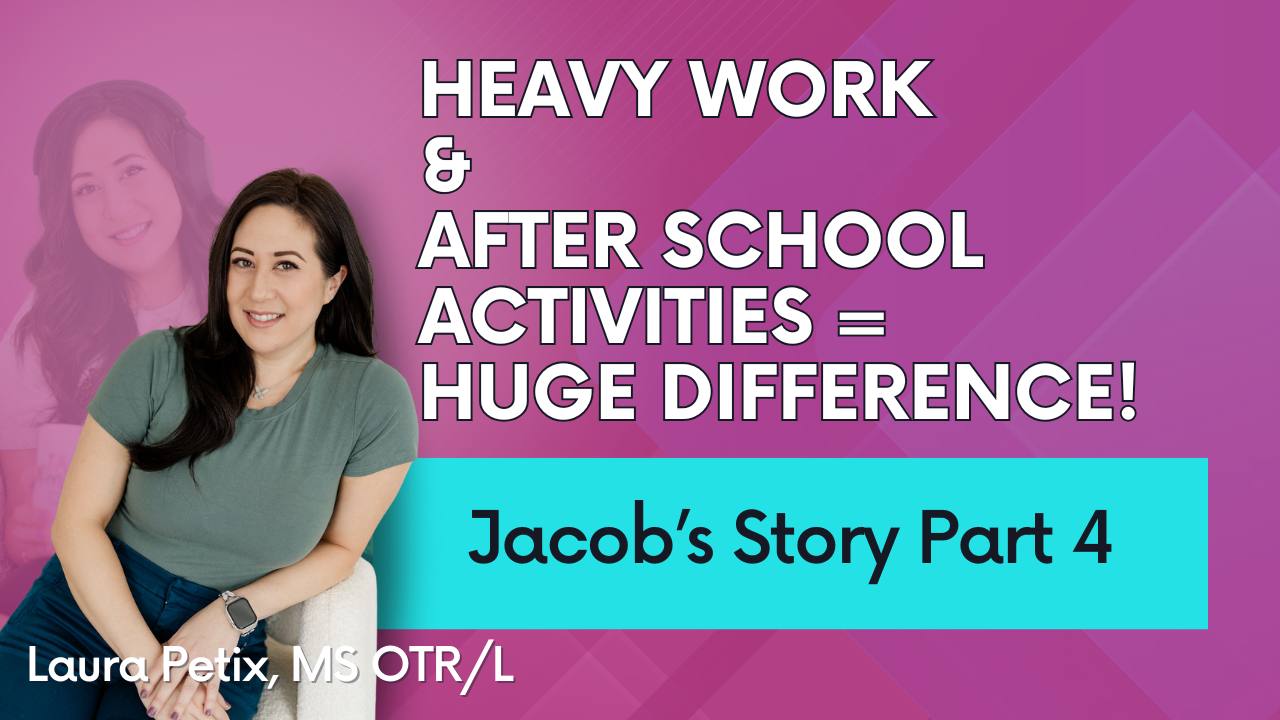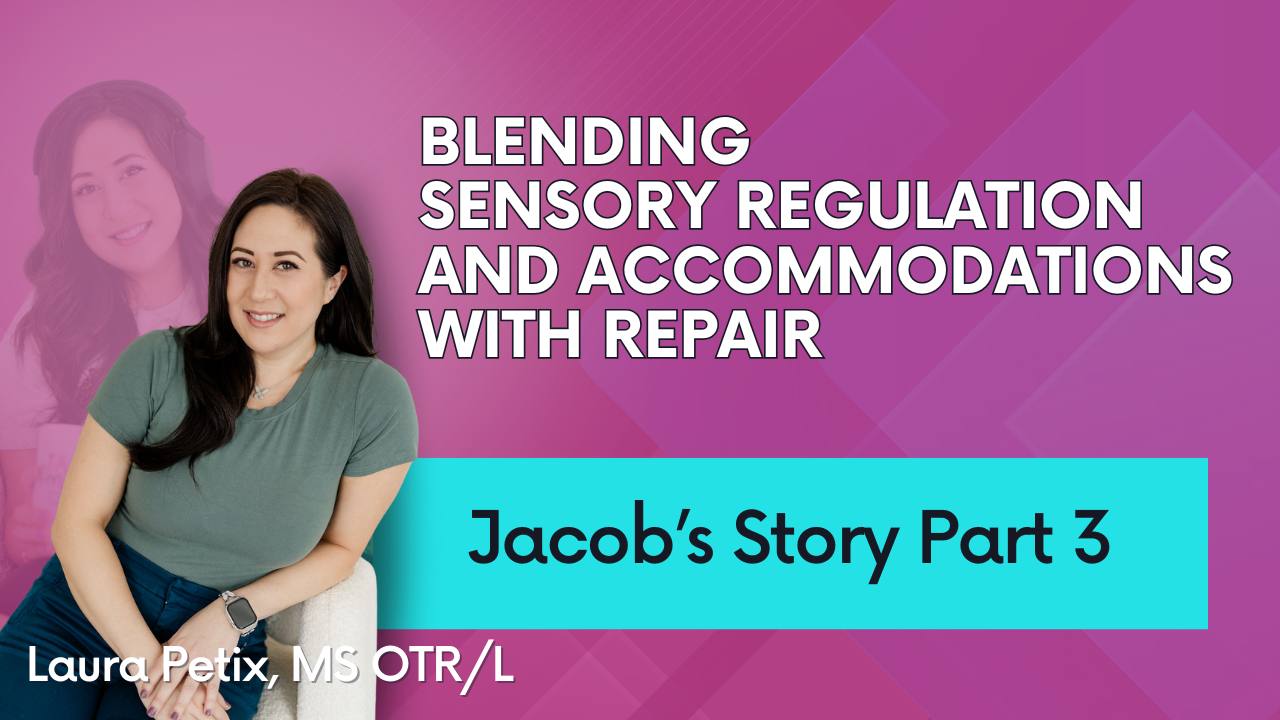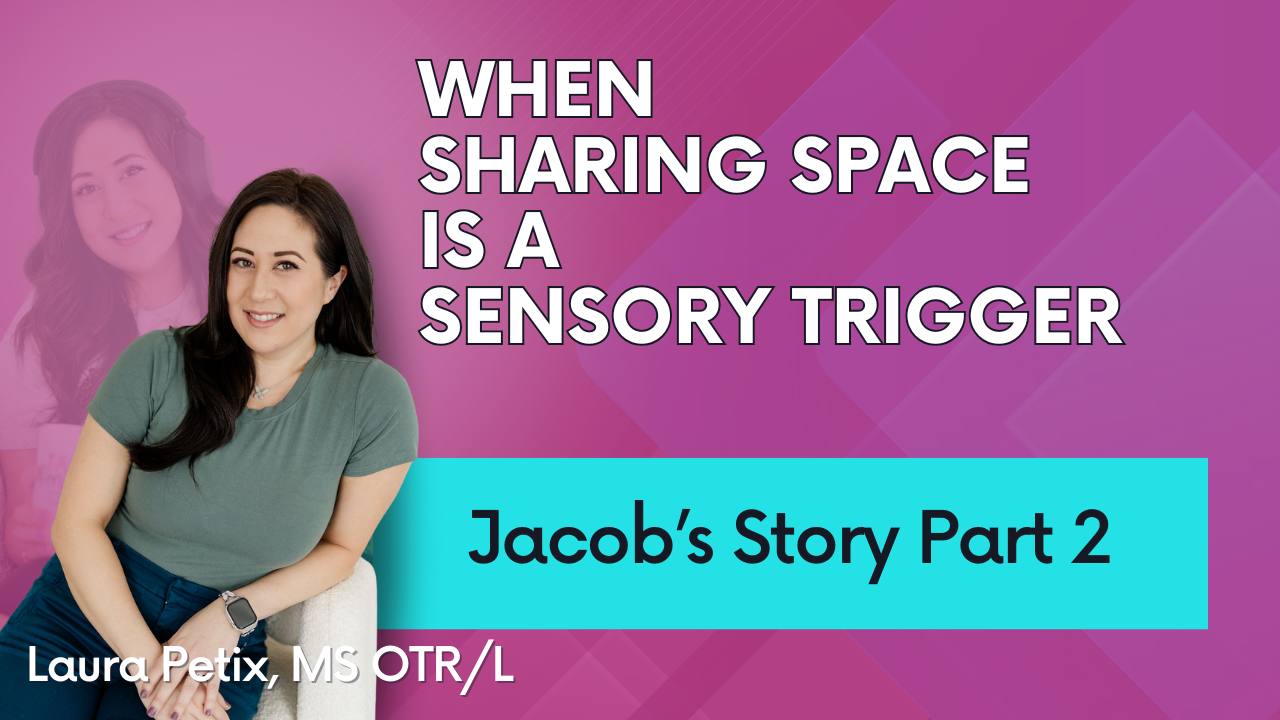Giftedness 101: What You Should Know

Welcome back to Wesley’s story. To catch up on parts 1 and 2 of his story, click [here].
Today is a special day because for the first time ever, I have a guest expert writing for us on the Sensory Code, it's a long one- but I promise, so worth your time!
About the expert
Caitlin Greer Meister is a specialist in strengths-based learning, neurodiversity-affirming practices, executive functioning, and giftedness. As a parent educator, instructional leader, and mom of two, Caitlin is Orton-Gillingham trained and holds a certificate in Instructional Leadership from the Harvard Graduate School of Education. Through professional development, Caitlin provides teachers with the strategies they need to nurture confident, capable kids in the classroom, and through parent workshops, she provides parents with the tools they need to raise confident, capable kids at home. She is also the founder of Joyfully Learning, a NYC-based private tutoring and educational consulting practice. Her work and words have been featured in The New York Times, Wall Street Journal, New York Magazine, Parents, and more, and she presents her work for parents’ groups, schools, and conferences worldwide.
She’s been a guest on the podcast and I just love the way she talks about giftedness with a neurodiversity lens. Today she’s going to set the record straight with some giftedness myth busters and leave us with some actionable strategies to take to the school. Now let’s hand it off to Caitlin.
Hello, Sensory Code readers! Caitlin here. I was so excited when Laura shared Wesley’s story with me and asked me to collaborate! Let’s dive in.
What’s so tricky about the term “gifted”?
If you ask five people what gifted means, you’ll get five different answers.
A lot of folks define “gifted” based on experience with Gifted & Talented programs in schools. In-school G&T programs are often high-achiever programs, and they usually reward strong executive functioning skills.
But gifted isn’t always synonymous with high-achieving or strong executive functioning. It can be, but it doesn’t have to be. And gifted kids aren’t always equally strong in all areas. They often have what’s called asynchronous development–they might be far beyond typical grade level in some areas, on par with most kids their age in other areas, and developing more slowly in others.
Cool fact: Giftedness can be a form of neurodivergence. When we define gifted this way, we’re talking about a difference in processing information that impacts how you experience the world.
Gifted kids can also have other forms of neurodivergence. You can be gifted and dyslexic, gifted and have sensory processing sensitivities…the list goes on. When gifted kids also have another form of neurodivergence, they’re sometimes called “twice exceptional” or “2e.”
Differentiation in the classroom
Have you ever heard someone say that a child “doesn’t need accommodations because they’re so smart”? Oof. That’s a sign that we need to do some advocating and educating around giftedness and neurodiversity.
Here’s what caught my attention about Wesley’s story:
- Wesley thrives in environments rich with hands-on learning.
- He grasps new concepts quickly–usually faster than his peers–and given his choice, he engages deeply with subjects that interest him.
- His challenges with regulation are only happening at school, not at home or in the community, and reliably happen when the teacher provides teacher-led, whole-group lessons about a topic Wesley already knows.
- Up until now, support strategies have relied heavily on isolating Wesley–removing him from the classroom to do an independent activity–and these have turned out to be short-term fixes while the challenges persist.
These are all indicators that Wesley needs better differentiation in the classroom.
Differentiation means adjusting the approach and content to meet the needs of each student. (Spoiler: This is great for all kids, not just gifted kids.)
Most schools divide a full class into multiple reading groups–-that’s an example of differentiation. But when you have gifted learners in a general education classroom, a few hours a week in a small reading group isn’t going to be enough.
The best differentiation happens when:
-
Learning is customized based on each child’s strengths and challenges rather than the same work being given to the entire class regardless of the variation in skill levels, strengths, and challenges found among the kids.
-
Differentiated groups are adjusted periodically throughout the year based on specific skills kids need to develop rather than fixed by semester or school year.
Positioning the gifted student as a peer educator or teacher’s assistant
In part 2, Laura suggested positioning Wesley as a peer educator, mentor, or teacher’s assistant. Let’s take a closer look at how that might play out for Wesley.
Because Wesley isn’t finding peer relationships easy, and he’s shared a personal goal of building friendships in the classroom, we want to honor that as we implement changes for him.
If he’s the only child in the class who is positioned as a peer mentor or teacher’s assistant, we could risk isolating him more from his peers. So instead, I wonder whether the role could be offered for all students who want to sign up to mentor or assist in their strengths. Or perhaps his teacher could implement a “conversation corner” in the classroom where kids take turns leading discussions on interests they have that wouldn’t otherwise typically be explored in the curriculum. Maybe Wesley leads a conversation corner one week on his interest in the solar system, and the next week Fiona leads one on her interest in soccer.
Here’s why the conversation corner works:
-
It builds authentic belonging by showing kids that what they each bring to the community is valued, even when it doesn’t look like adults expect.
-
It encourages connection and supports friendship-building among classmates who might not realize they share an interest or might discover a new interest.
-
It recognizes kids’ strengths, which leads to greater engagement and better academic outcomes.
-
It gives teachers the opportunity to observe how a student like Wesley engages, regulates, focuses, and relates to peers given the opportunity for self-directed learning—what lights him up inside—so they get a true picture of him as a child and learner, reducing the risk that he’ll be defined in school by behaviors that adults find challenging.
Bottom line? Isolating Wesley has proven to be a temporary fix; it’s not going to be our long-term solution. Creating authentic belonging for him in the classroom, differentiating his learning, and skill building are.
When do we need to explore other options?
Parents often ask me how to know when a gifted kid’s needs aren’t going to be able to be met in a general education classroom and it’s time to look for a specialized school for gifted learners.
Here are three reasons your gifted child might not thrive in a mainstream classroom:
- Lack of differentiation
- Not a neurodiversity-affirming environment
- Boredom that your child communicates through behaviors that teachers find challenging—disengaging, calling out, talking to friends, moving around, etc.—especially if teachers focus on the behaviors rather than your child’s need that isn’t being met
If you want to learn more about what to look for in a school for your gifted child, click here.
TLDR (Key Takeaways)
- Giftedness can be a form of neurodivergence.
- Gifted kids can also have other forms of neurodivergence.
- Being gifted doesn’t mean kids don’t need and deserve accommodations.
- Gifted learners need differentiated instruction.
- We should design supports to avoid isolation, increase engagement, and build belonging.
- Signs that it might be time to change schools include lack of differentiation, boredom, and an environment that isn’t neurodiversity-affirming.
- When considering a new school for your gifted child, be sure to look for differentiation, neurodiversity-affirming practices, and strong home-school partnership.
WOW. I can’t speak for all of us, but I learned so much! If you want to continue learning more about these topics, please visit Caitlin’s Instagram giftedness highlight, FOLLOW her for more, and visit her website: caitlingreermeister.com.
Next week we'll read the 4th and final part of Wesley's story and we'll have an update from his mom.

Continue learning from me:





Responses